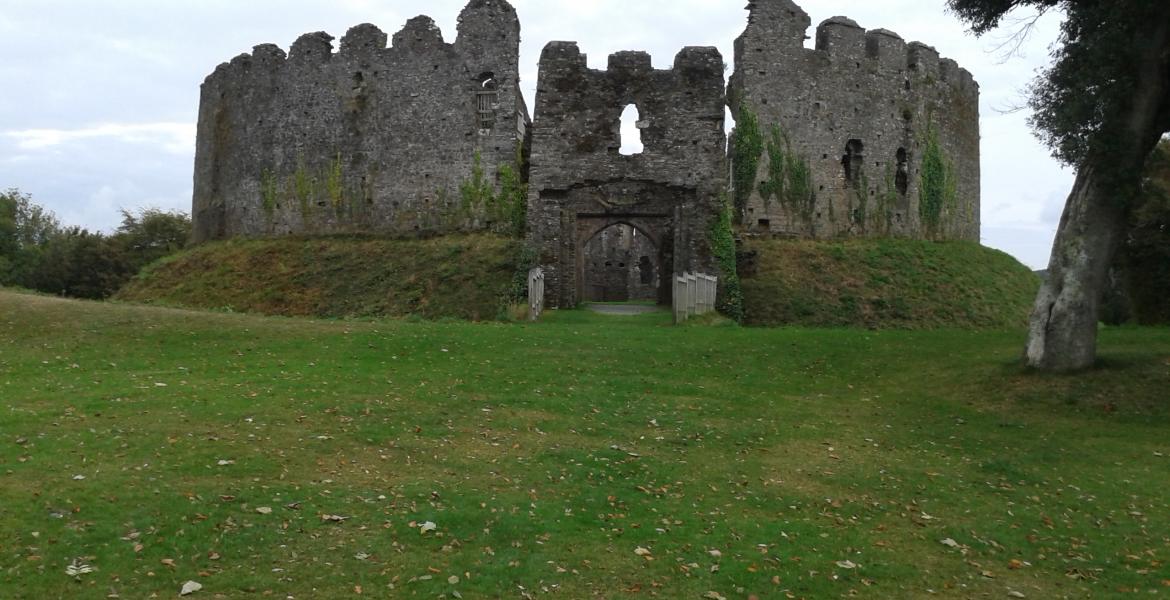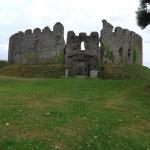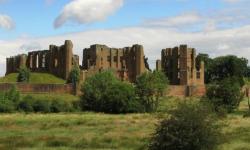Restormel Castle, Cornwall
Restormel Castle in Lostwithiel was built around 1100, but what we see today mainly dates from the thirteenth century. It was owned by the Cardinhams, who supported de Montfort during the Second Barons’ War, but the Castle fell into the hands of Henry III’s brother, Richard of Cornwall, after Sir Ralph Arundell ‘claimed’ it in 1265. When it was used, which was infrequently, it was probably as much for pleasure (hunting and entertaining) as for defence, particularly considering the size of its windows, which were very large and not easily defensible. It did have important visitors from time to time, including the Black Prince, but was never used as a permanent residence. During the Civil War, the parliamentariansPeople supporting parliament in the civil wars; or members of parliament, particularly those who are knowledgeable about politics.People supporting parliament in the civil wars; or members of parliament, particularly those who are knowledgeable about politics. held it until it was taken by Sir Robert Grenville for the Crown. Restormel Castle was probably destroyed during the Civil War, and certainly by 1740 it was a ruin, which now belongs to English Heritage. As such, members of English Heritage can enjoy free entry, and there is a small charge for non-members. They have a shop (which despite being small, is excellent) and an ‘education centre’ in a hut (which was closed when we visited).
We were impressed by how much of the Castle actually remains: it is possible to get a real idea of what rooms there were, how they were placed and what they would have looked like. This is helped by information boards around the site. There are few uninhabited castles which are so complete. This might, partly, be because it is reasonably small, or it might be because of the clement (ahem) Cornish weather, but whatever the reason it is still firmly identifiable (rather than being something approaching a mound of rocks). As a result, all of the remaining castle can be walked around, making it more accessible than a number of its counterparts.
Sadly, despite how well-preserved the castle is, it is a small site and there is not much else to do there apart from have a pleasant stroll. It doesn’t take long to look around it, and we found ourselves back on the road after only an hour (and probably 15 minutes of that was looking at the collection of books in the shop). As with many castles, access can be restrictive (pushchairs and wheelchairs are not able to go above ground level). I can’t recommend Restormel Castle as a star attraction or a good day out, but if you’re in the area (the Eden Project and the National Trust house Lanhydrock are both close by), it is definitely worth a visit.
To find out more about Restormel Castle, click here.
- Log in to post comments






